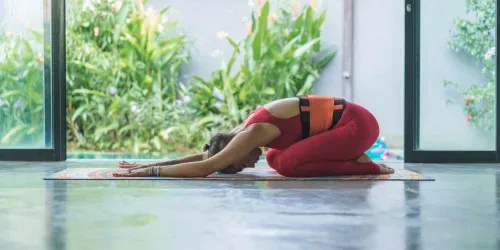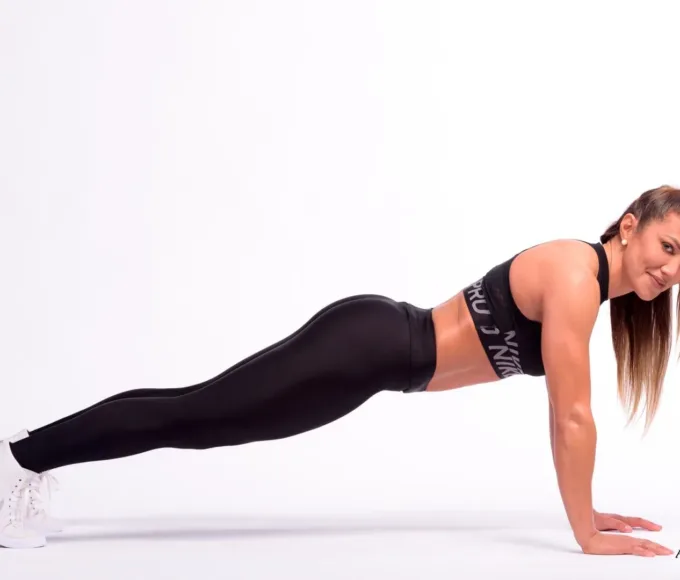
Asanas – the physical part of yoga
Did you know that asanas, representing the physical aspect of yoga, blend very well with any intense activity that puts pressure on the muscles, ligaments, and joints?
Relaxing the muscles through yoga postures is an excellent method after an hour of running, walking, hiking, cycling, or other aerobic activities.
We can draw this conclusion because yoga is less demanding than many other types of workouts, and the postures can be modified to suit each individual, regardless of their fitness level, including people who have had a heart attack. This is a recommended way to reduce muscle tension.
I am surrounded by sports enthusiasts whose practices involve different intensities, and they all have one thing in common: the practice of yoga.
You may wonder why. In the situation where you are puzzled, the explanation is as follows: after intense activity, the entire musculature remains contracted, and over time, the range of motion throughout the muscle’s length is lost, leading to overall stiffness and increased susceptibility to injuries.
Yoga vs Jogging
If we refer to running or any type of hiking, the most tensed muscles are those around the hips, glutes, adductors, hamstrings, and calf muscles.
Essentially, the entire lower part of the body is highly tense, and if we don’t add stretching and relaxation to these areas at the end of the workout, these areas will become increasingly tense and rigid over time, resulting in loss of joint mobility and muscle elasticity, which can then lead to back pain.
Below, you can find a list of asanas indicated after an hour of running or hiking, which work on the lower part of the body, contributing to the release of tension in the hip joints and the relaxation of the muscles involved in the effort:
– Padangustasana
– Prasarita Padottanasana
– Utthita Trikonasana
– Parivrtta Trikonasana
Ana Werczberger
"Ana Werczberger si-a dedicat cu entuziasm zece ani din viata lantului de fitness World Class ca antrenor personal si instructor de body&mind. Fiind atrasa de yoga în urma cu sapte ani a început sa practice stilul Ashtanga urmând apoi o specializare în Power Yoga - o forma de yoga, care pune accentul mai mult pe lucrul asupra corpului fizic. Practicând Power Yoga curiozitatea a crescut si totodata a determinat-o sa îsi doreasca cunoasterea mai în profunzime a propriului eu - minte si suflet. Astfel în urma cu cinci ani a fost atrasa de Nlp Rezonans, urmat de Reiki si apoi Theta Healing. www.yoga-academy.ro Experimentând aceste tehnici Ana si-a dorit sa aprofundeze studiul yoga, propunându-si sa plece în India pentru formare si experienta. În final a reusit “sa aduca India în România” prin înfiintarea YAR - Yoga Academy România - împreuna cu alte doua persoane dragi ei si având ca mentor un profesor din Risikes - capitala Yoga. În perceptia Anei corpul lucreaza împreuna cu sufletul si mintea, astfel abordarea ei este complexa integrând cele trei planuri. "
Recent Posts
Related Articles
CrossFit exercises practiced outdoors or at home
Concentration and discipline are indispensable for succeeding in any training program, regardless...
July 27, 2023Health guide for “ageless” women
Discover the Benefits of Physical Exercise and the Best Types of Training...
July 27, 2023Home-Based Pregnancy Workout in Comfort
The Benefits of Prenatal Home Workout The way we interact with people...
July 10, 2023Supplementation with Vitamins and Minerals
Essential nutrients for the body The macronutrients and micronutrients are essential for...
July 10, 2023
























Leave a comment